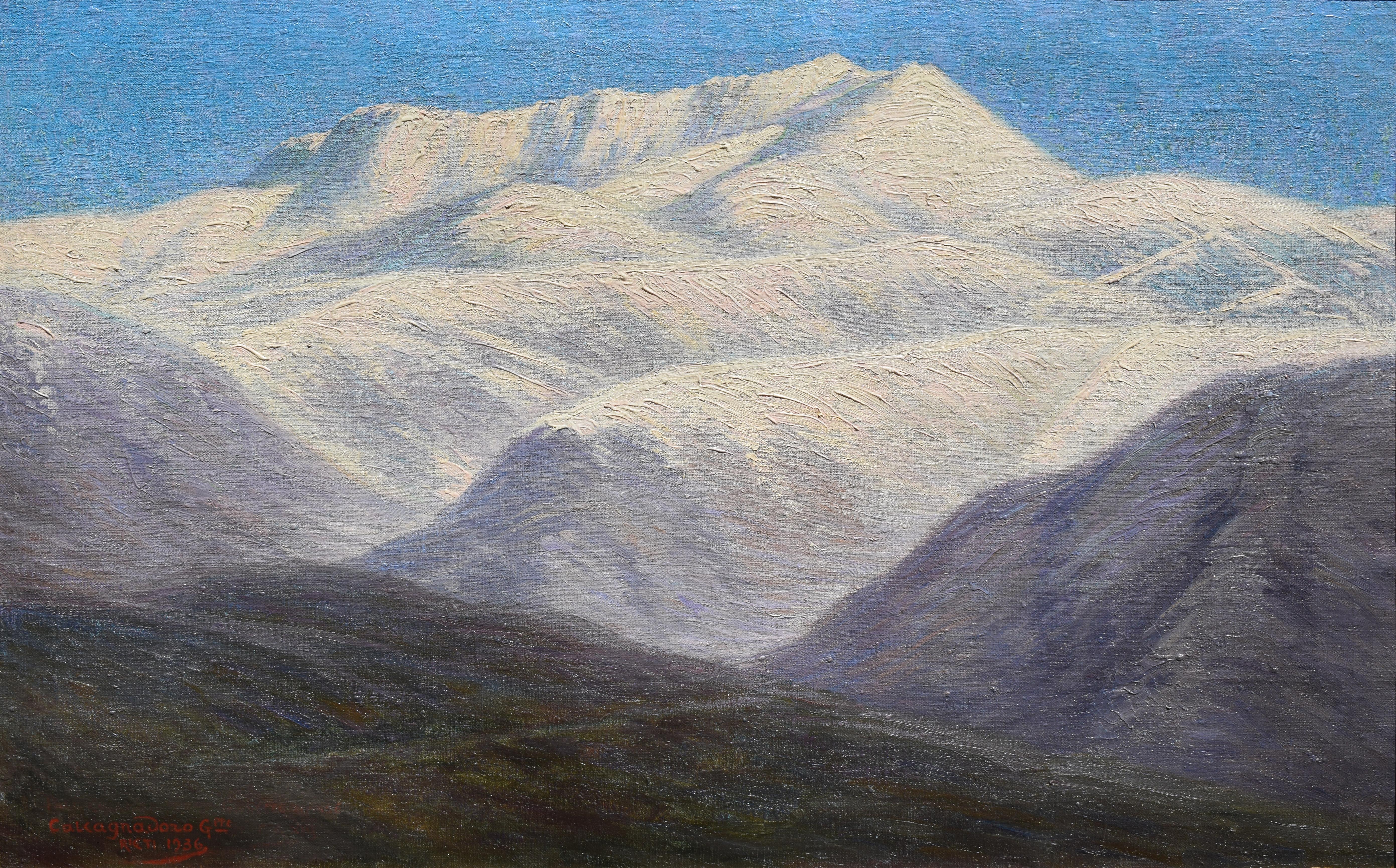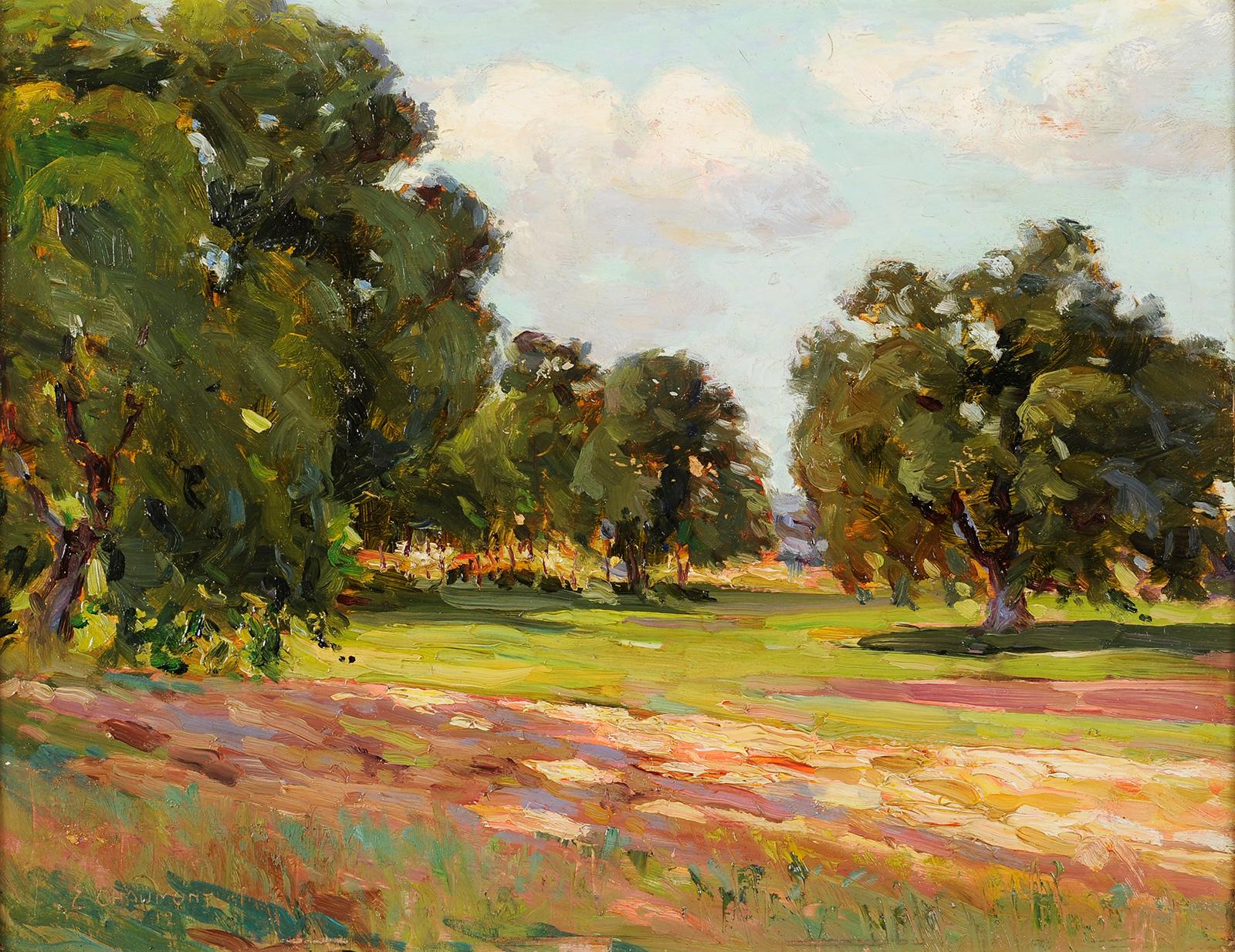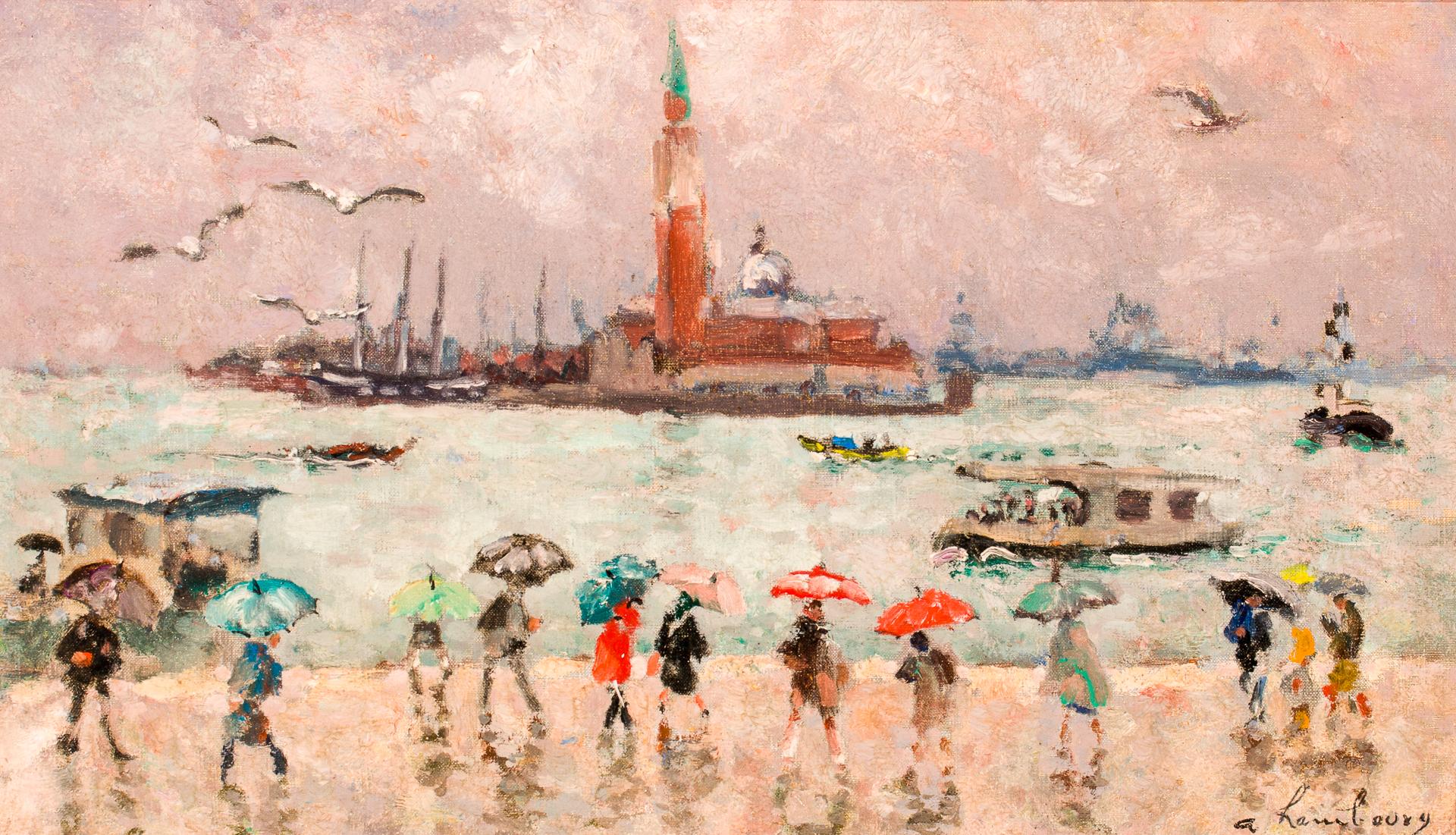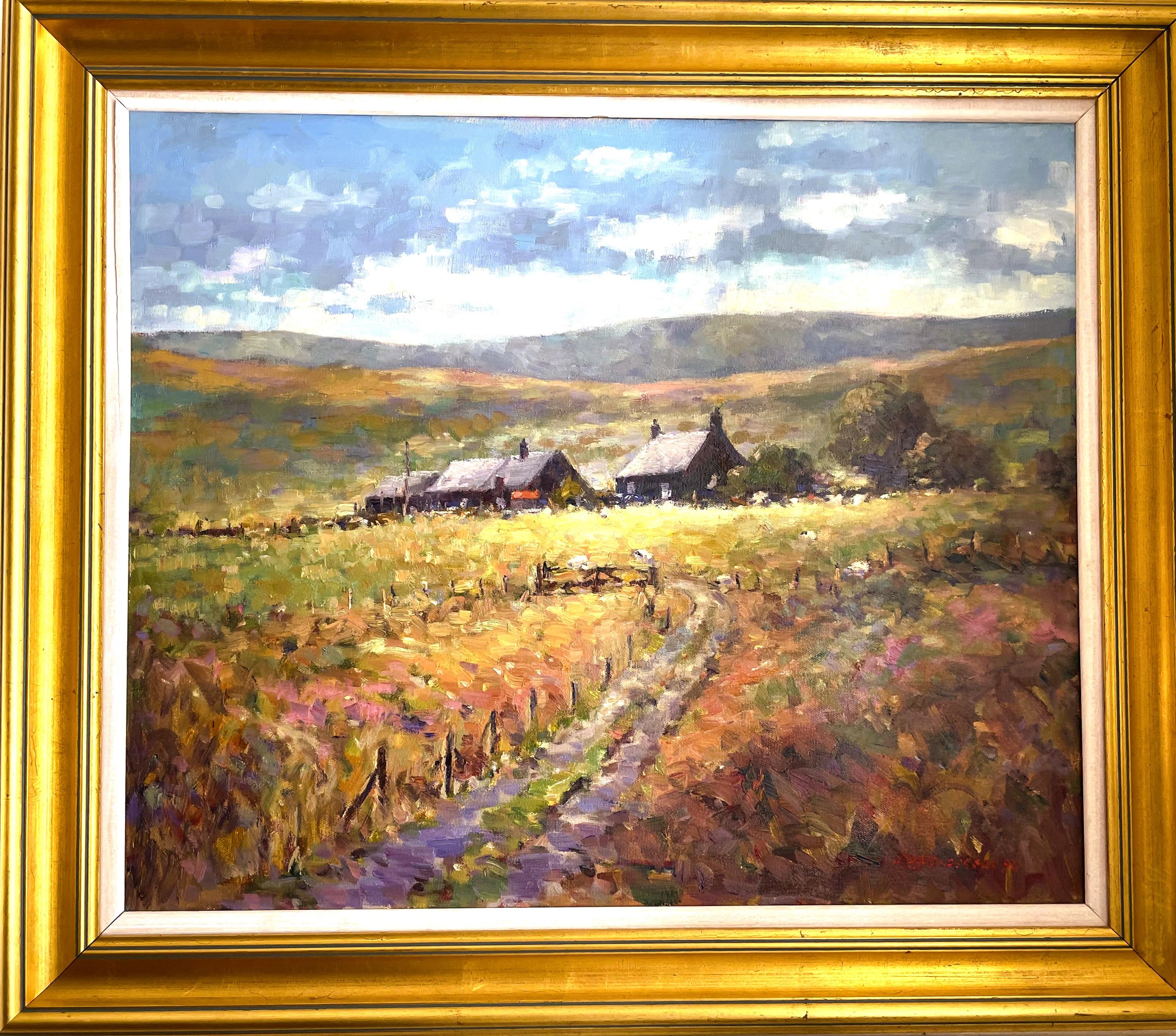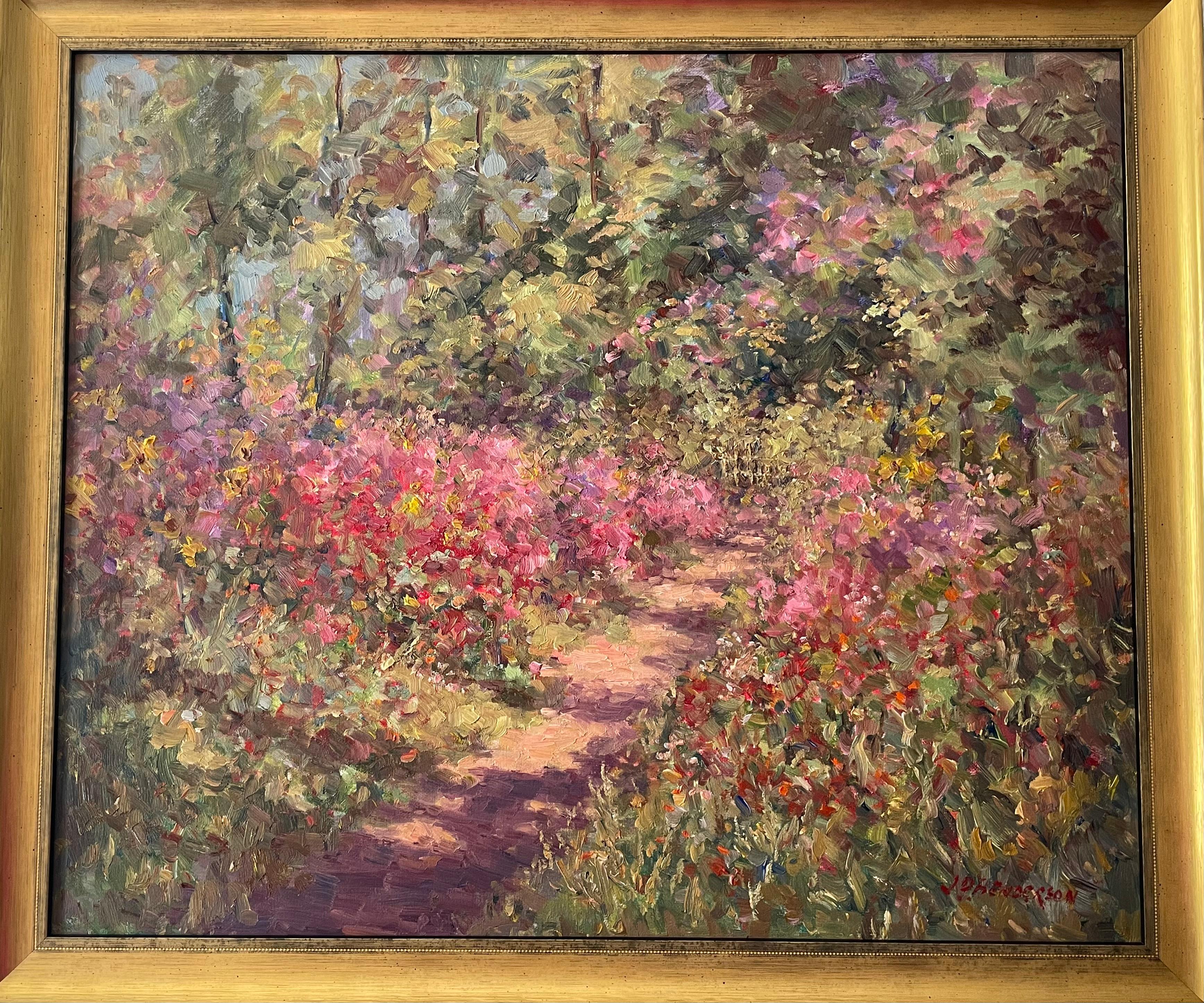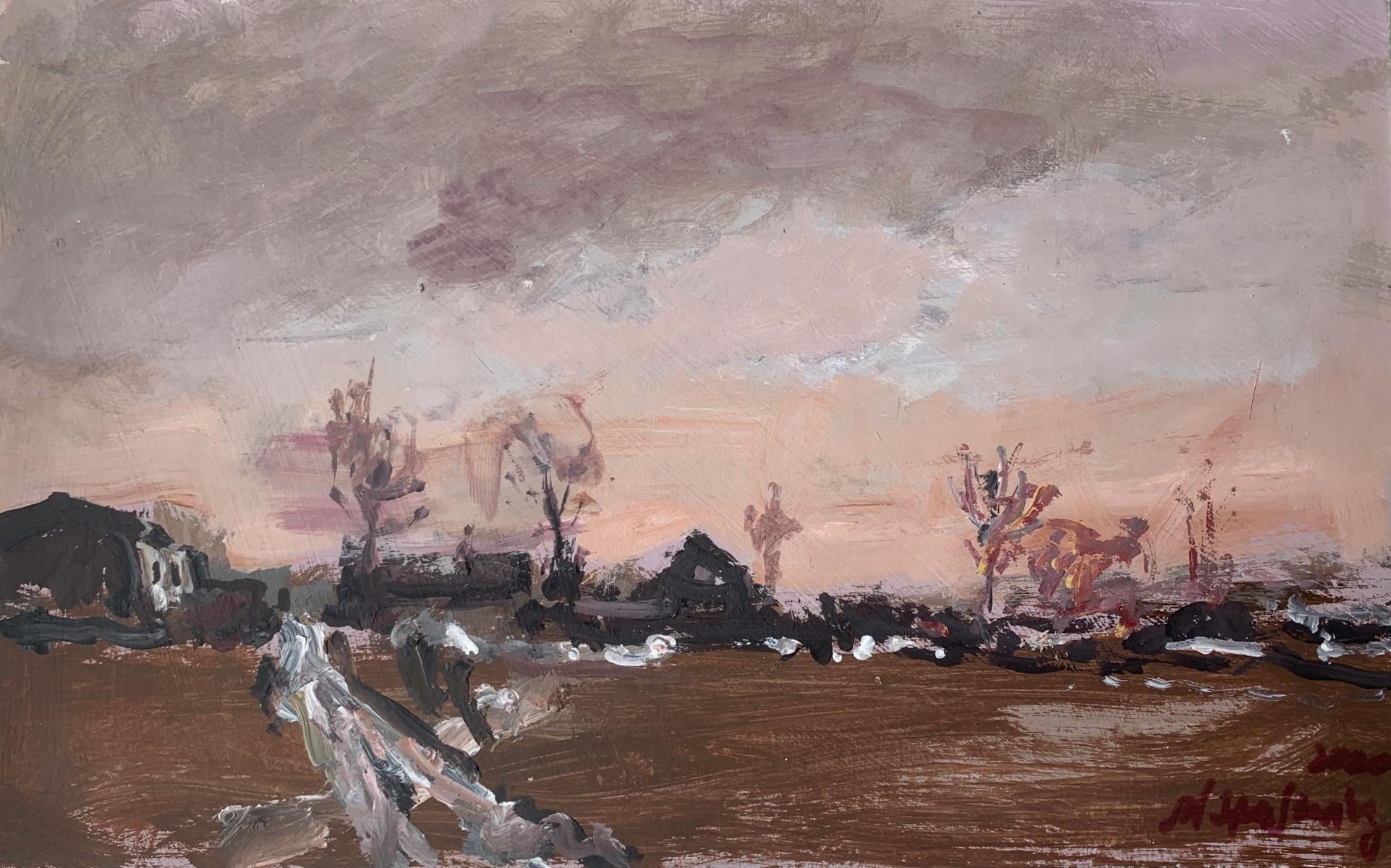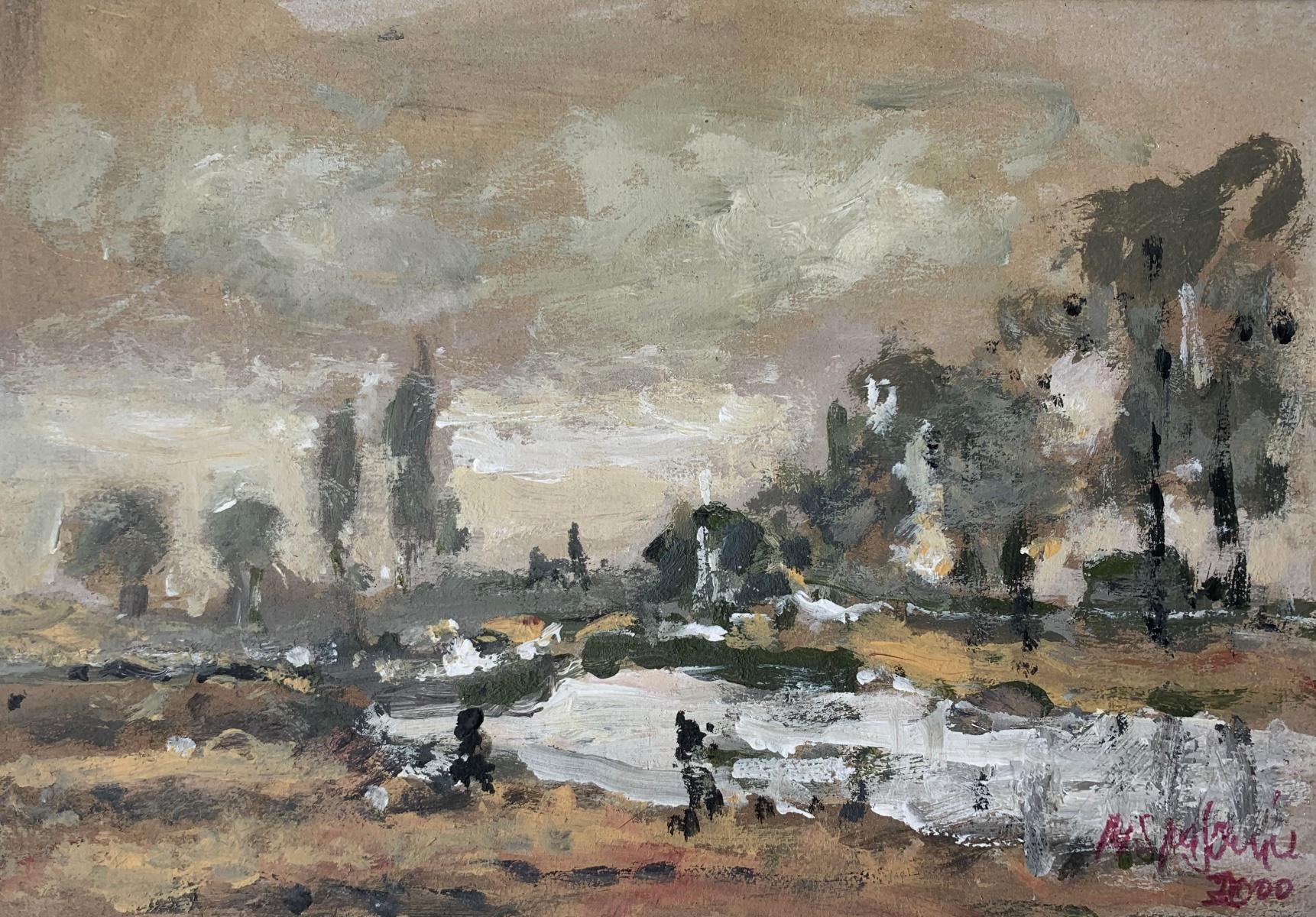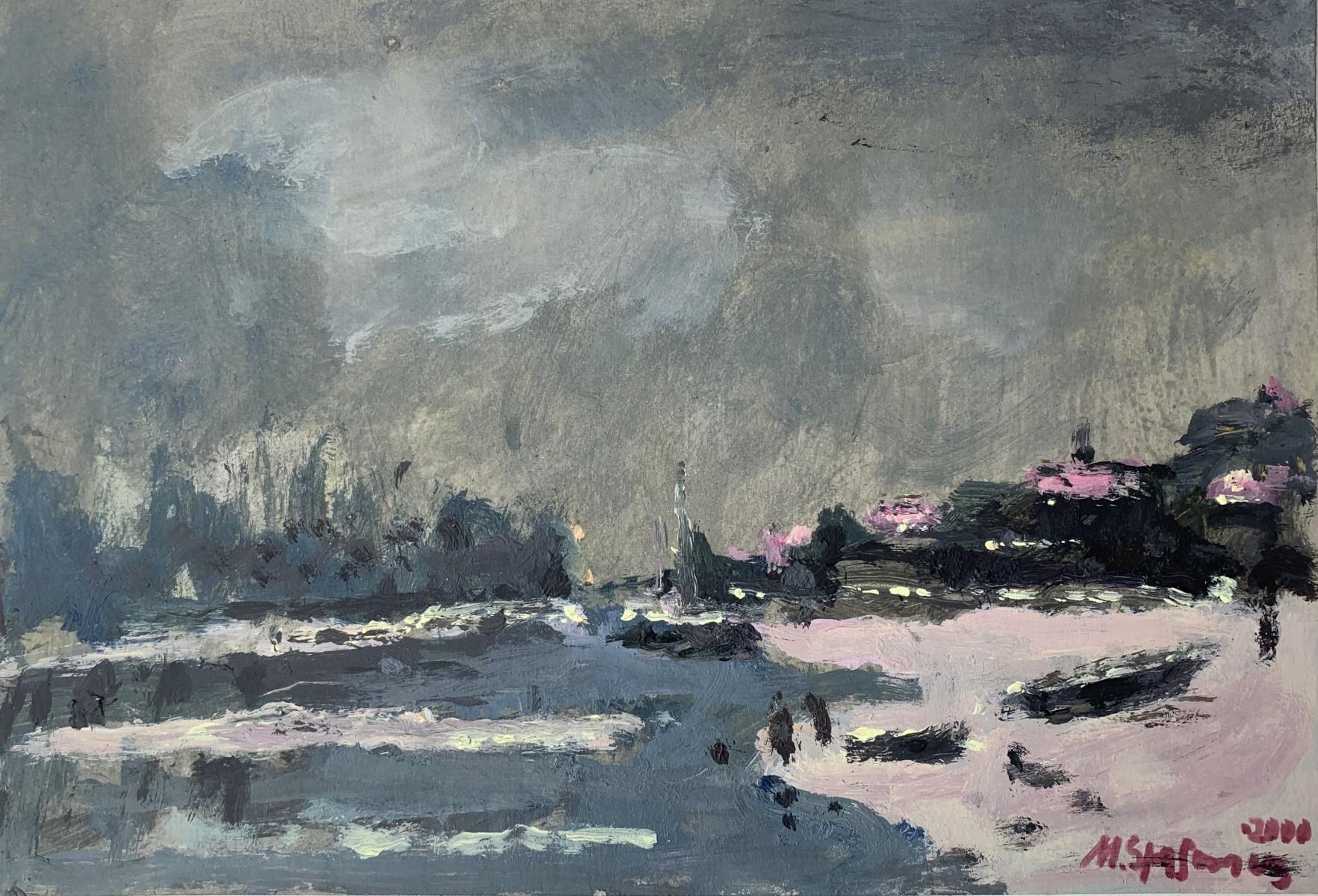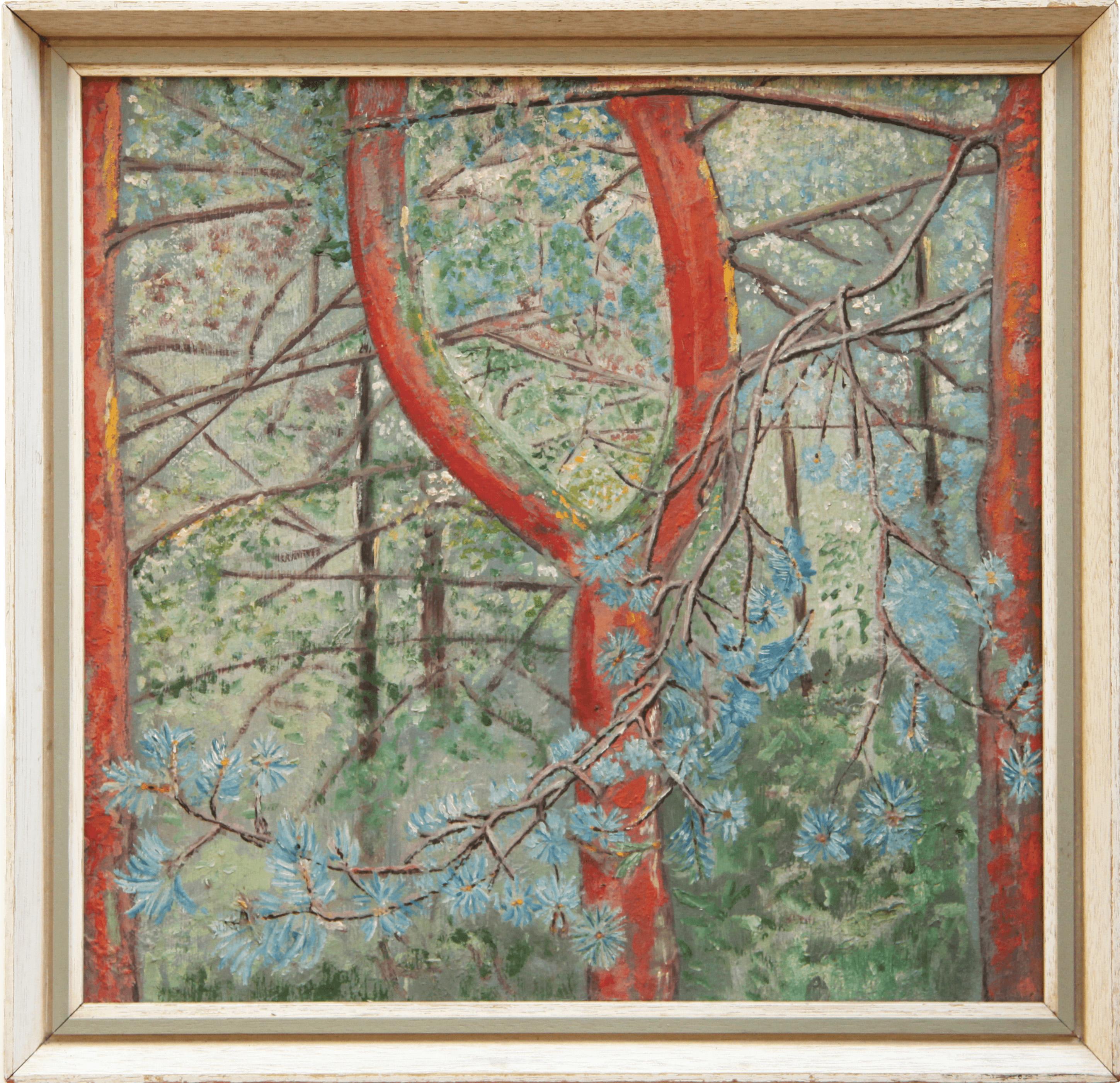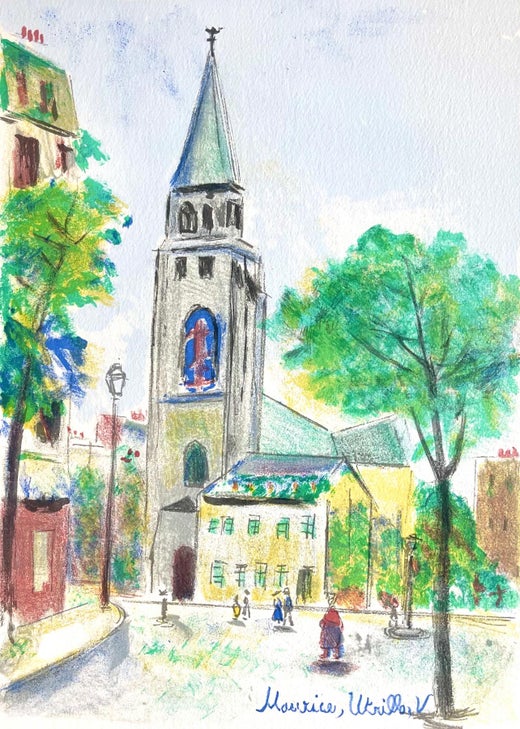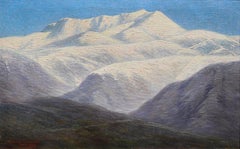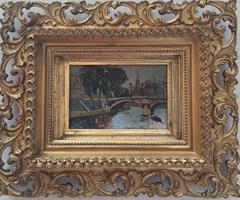
Senna
View Similar Items
1 of 1
Maurice UtrilloSennaC1930
C1930
$22,000List Price
About the Item
- Creator:Maurice Utrillo (1883 - 1955, French)
- Creation Year:C1930
- Dimensions:Height: 3.94 in (10 cm)Width: 5.91 in (15 cm)
- Medium:
- Movement & Style:
- Period:
- Condition:
- Gallery Location:Lake Worth, FL
- Reference Number:1stDibs: LU12421181933
Maurice Utrillo
Maurice Utrillo, initially Maurice Valadon, was born in Paris, December 26, 1883, the illegitimate son of the artist Suzanne Valadon. She, who had become a model after a fall from a trapeze, ended her chosen career as a circus acrobat, found that posing for Berthe Morisot, Pierre-Auguste Renoir, Henri de Toulouse-Lautrec and others provided her with an opportunity to study their techniques; in some cases, she had also become their mistress. She taught herself to paint, and when Toulouse-Lautrec introduced her to Edgar Degas, he became her mentor. Eventually she became a peer of the artists she had posed for. Meanwhile, Valedon's mother was left in charge of raising the young Utrillo, who soon showed a troubling inclination toward truancy and alcoholism. When a mental illness took hold of the twenty-one year old Utrillo in 1904, he was encouraged to paint by his mother. Under her tutelage, he began painting the streets of his childhood neighborhood, Montmartre. Working in the tradition of the conventional veduta, he depicted streets, buildings, fountains, and avenues, which he captured at different seasons of the year in a style influenced by the lyrical realism of Camille Pissarro and Albert Sisley. However, by deploying a subtle palette - mainly yellows, turquoise, maroon and zinc white - he suffused the scenes with atmospheric* qualities that evoke feelings either of familiarity or of alienation in the viewer. Known as his 'White Period' (période blanche), the years between 1909 and 1914 represent the acme of Utrillo's creativity. During this time, he reduced his palette to white, shading into grays. He also mixed his paints with sand, plaster, and lime to render the physical substance of his subject matter, walls in particular. In 1910, art critics F. Jourdan and E. Faure discovered the artist. Their appreciation of his talent enabled Utrillo to take part for the first time in the 1912 Salon d'Automne*. Until 1914, Utrillo traveled in Brittany and Corsica; his works assumed an increasingly luminous* quality, which greatly enriched his earlier ascetic conception of reality. In 1924, he exhibited with his mother at the Galerie Bernheim-Jeune in Paris and was offered a contract for a year. However, that same year he also attempted to commit suicide, which was probably the result of years of alcohol abuse. A powerful natural talent, Utrillo made an enormous contribution in consolidating painterly structure and texture. He was also important as a draughtsman*. In 1926, he designed stage scenery and costumes for Djaghilev's Ballets Russes. He received public recognition in 1928, when he was made a member of the Legion of Honour. Starting where Impressionism* left off, Utrillo became the best-known portrayer of Paris, especially Montmartre, painting both from nature and from postcards. His poetic interpretations of the streets and squares of Montmartre contributed substantially to popularizing a romantic image of that quarter. However, when he painted people, they were always represented as solitary beings, lost in social isolation.
Authenticity Guarantee
In the unlikely event there’s an issue with an item’s authenticity, contact us within 1 year for a full refund. DetailsMoney-Back Guarantee
If your item is not as described, is damaged in transit, or does not arrive, contact us within 7 days for a full refund. Details24-Hour Cancellation
You have a 24-hour grace period in which to reconsider your purchase, with no questions asked.Vetted Professional Sellers
Our world-class sellers must adhere to strict standards for service and quality, maintaining the integrity of our listings.Price-Match Guarantee
If you find that a seller listed the same item for a lower price elsewhere, we’ll match it.Trusted Global Delivery
Our best-in-class carrier network provides specialized shipping options worldwide, including custom delivery.You May Also Like
'Plaines de la Midjeda Blida'. Oil sketch on cardboard. Signed and titled.
By Jules Pierre van Biesbroeck
Located in Paris, FR
'Plaines de la Midjeda Blida'. Oil sketch on cardboard. Signed and titled on the back.
This work will be recorded in the catalogue raisonné of the work of the artist currently in pre...
Category
Mid-20th Century Post-Impressionist Landscape Paintings
Materials
Oil
View of Bou-Sada. Oil sketch on cardboard. Signed and titled.
By Jules Pierre van Biesbroeck
Located in Paris, FR
View of Bou°_Sada. Oil sketch on cardboard. Signed and titled on the back.
This work will be recorded in the catalogue raisonné of the work of the artist currently in preparation.
J...
Category
1930s Post-Impressionist Landscape Paintings
Materials
Oil
View of Ostend. Oil sketch on cardboard. Signed and titled.
By Jules Pierre van Biesbroeck
Located in Paris, FR
View of Ostend. Oil sketch on cardboard. Signed and titled on the back.
This work will be recorded in the catalogue raisonné of the work of the artist currently in preparation.
Jule...
Category
Mid-20th Century Post-Impressionist Landscape Paintings
Materials
Oil
The Terminillo
Located in Roma, RM
Giuseppe Calcagnadoro (Rieti 1883 - 1937), The Terminillo
Oil painting on canvas 60 x 91 cm signed and dated Rieti 1936 lower left.
Category
Early 20th Century Post-Impressionist Landscape Paintings
Materials
Oil, Canvas
Emile Chaumont (1877-1927) - Summer landscape in Dordogne
Located in BELEYMAS, FR
Emile CHAUMONT
(Perigueux 1877 - 1927)
Summer landscape in Périgord
Oil on panel
H. 32 cm; L. 41 cm
Signed lower left, dated 1912
Provenance: Private c...
Category
1910s Post-Impressionist Landscape Paintings
Materials
Oil, Panel
Pluie a Venice (Venice in the Rain)
By André Hambourg
Located in Costa Mesa, CA
Pluie a Venice is painted in Hambourg's preferred palette of muted blue-green, grey, and gold with splashes of ruby red, deep blue, and emerald green. The soft colors work well for beach scenes and rainy days such as the ones portrayed in this painting. The impressionistic scene shows multiple pedestrians strolling down the boardwalk, shielding themselves from the rain with colorful umbrellas that provide pops of color and balance the overcast sky.
The background contains a three-masted ship and Piazza San Marco's famous bell tower and Basilica. Hambourg uses the minimum number of brushstrokes necessary to portray ships, seagulls, buildings and people as well as reflections on the glistening sidewalk. The brushstrokes in the sky have an interesting texture that is controlled yet carefree and there is heavy impasto throughout. His portrayal is both realistic and romanticized.
Hambourg was clearly influenced by the great Impressionist artists of earlier generations, perhaps none more than the one with a direct connection to his family. Hambourg's wife, Nicole Rachet, was born into a family with a large collection of works by Impressionist master Eugene Boudin. Rachet's grandfather was a contemporary and friend of Boudin's, and a collector of his work. In their later years, Hambourg and Rachet donated over 300 canvases by Boudin and other artists to the Eugene Boudin Museum in Honfleur, France. It was such a large and important gift that the collection bears...
Category
1960s Post-Impressionist Landscape Paintings
Materials
Canvas, Oil
